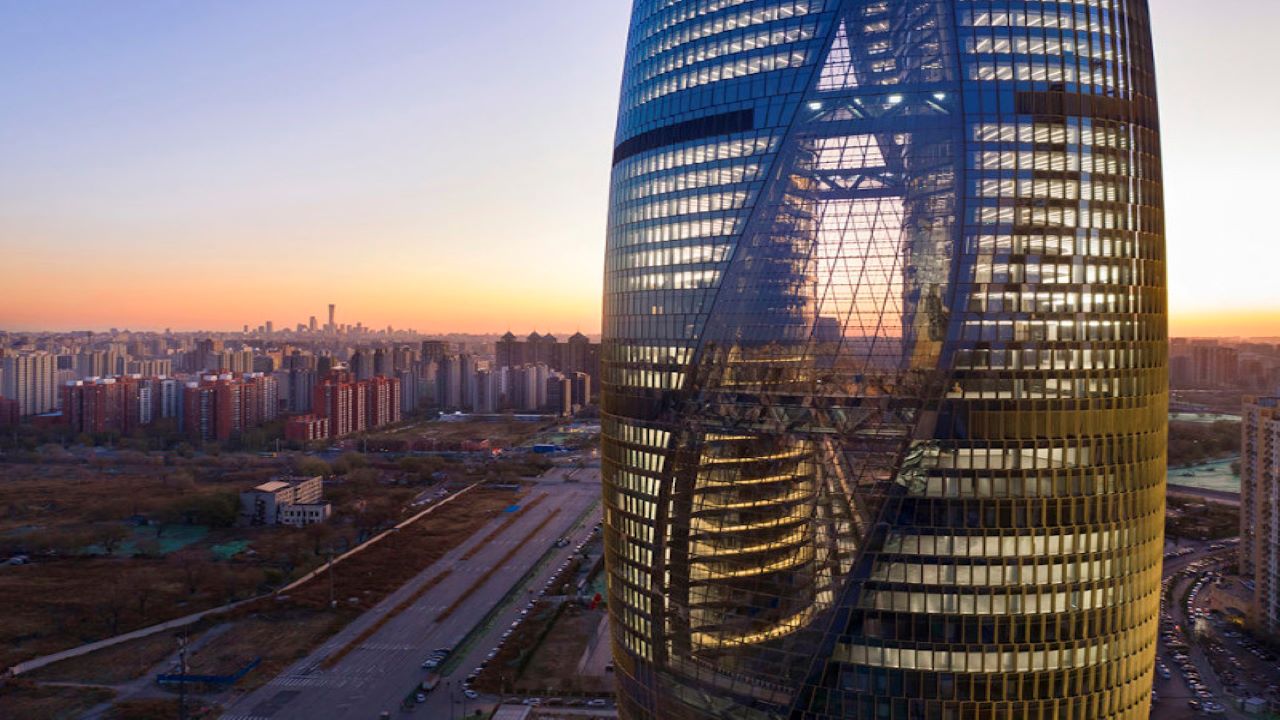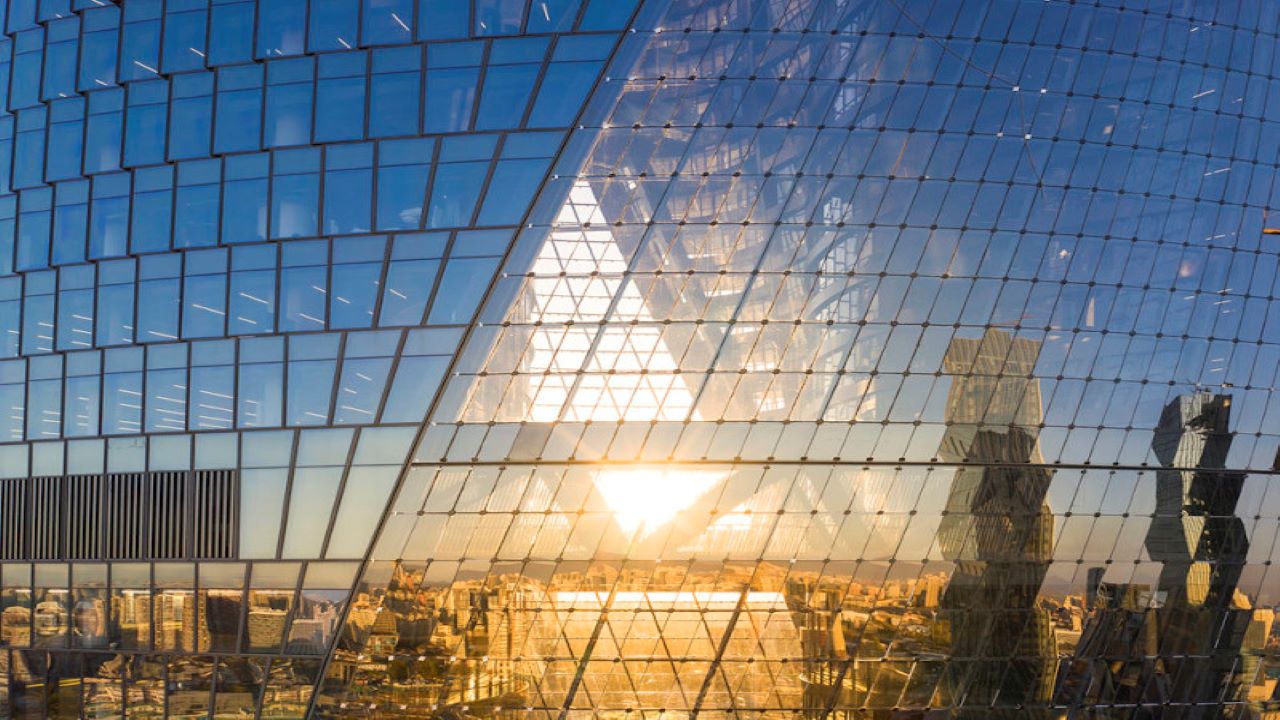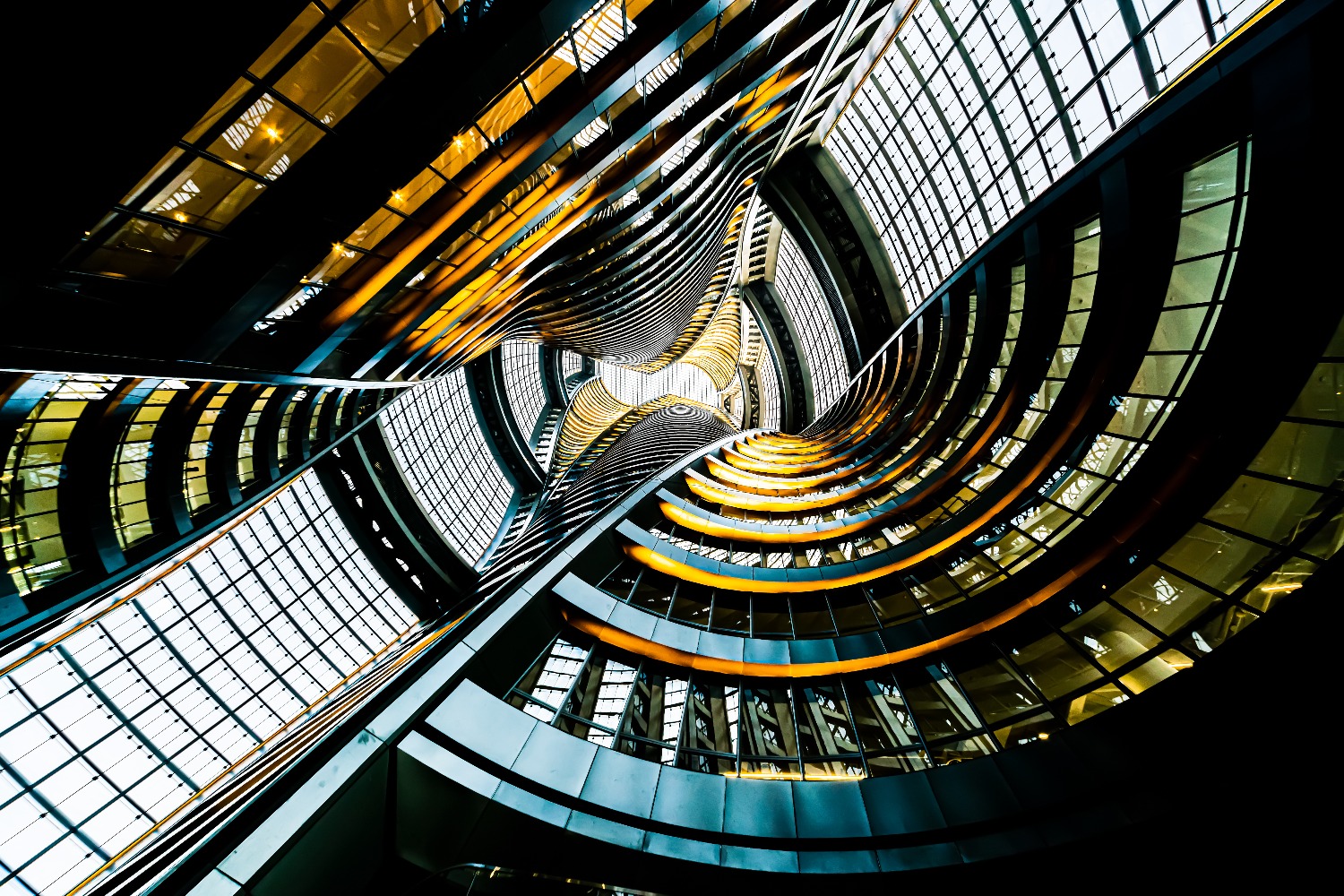Leeza SOHO situated in Beijing, China is a 207m mixed-use tower featuring one of the world’s tallest atriums at 190m. The tower was developed by real-estate development company SOHO, China.
Construction on the building commenced in 2015 while its topping-out ceremony was held in September 2017.
The tower was opened in November 2019 and earned the Leadership in Energy and Environmental Design (LEED) Gold certification by the US Green Building Council (USGBC).
Leeza SOHO location
The Leeza SOHO tower was built on a 30,688m² site, located at Line 14 and Line 16 intersections of the Beijing Subway.
It is next to Financial Road within south-west Beijing’s Lize Financial Business district, situated between the city centre and the Beijing Daxing International Airport (PKX).
The tower’s atrium is directly connected to the new subway interchange station and the city’s bus network on Lize Road and Luo Tuo Wan East Road.
Leeza SOHO tower design details
The Leeza SOHO tower is 207m tall from the base, which features a transit hub with access to a new subway tunnel. The building is split into two separate sections on either side of the tunnel.
The two halves are merged by the atrium from the base to the top, along with contorted structural skeleton and bridge rings. The atrium twists 45° to align floors at the higher level with east-west and north-south axes of Lize Road.
The convex-shaped glass facades couple with the tower’s curtain wall system to provide ventilation and natural lighting. Heat-insulating materials and double-glazing are used to reduce heat transfer across the building.
An outdoor public space surrounding the tower at the lowest level allows visitors into the building.
Multiple walkways at the tower’s different levels connect the two halves and feature city views from the centre of each floor.
With 172,800m² total floor space, the Leeza SOHO tower presents 46 levels aboveground and four below. The tower also features 10,000m² of retail space, 480 car parks, 2,680 bicycle parking spaces and dedicated electric vehicle charging stations.
Construction of Leeza SOHO mixed-use tower
A combination of concrete and wide-flange steel was used in the construction of the tower’s structural system.
Four layers of steel, a core tube wall, an outer frame steel structure and a horizontal structure were built into the tower. The horizontal structure was built after the completion of the core tube’s vertical structure.
The building has incorporated high-efficiency pumps and fans, heat-recovery systems, lighting and controls, chillers and boilers, landscape irrigation, a water-collection system, and low-flow rate fixtures.
Low-volatile organic compounds (VOCs) were used in the construction to reduce indoor air pollutants. High-efficiency filters are installed to remove fine particulate matter of PM2.5 through the air-handling system.
Advanced 3D building information modelling (BIM) software has been implemented in the tower’s design, construction and operation. The software monitors the environment control and energy efficiency within the building.
Key contractors involved
UK-based architecture and design company Zaha Hadid Architects provided architectural and design services for the Leeza SOHO mixed-use tower while German engineering consultancy Bollinger + Grohmann was selected as the structural engineer.
The China State Construction Engineering Corporation (CSCEC) won an RMB1.2bn ($170m) bid in June 2015 to provide general contractor services for the project.
Beijing Institute of Architectural Design (BIAD) was the executive architect. The building’s façade was developed by Konstruct West Partners, Kighton Façade and Yuanda.
Parsons Brinckerhoff provided mechanical, electrical and plumbing (MEP) services for the tower while J+B Studios, Light Design and Leuchte were the lighting consultants.
WSP provided Future Ready solutions for the building’s sustainability features.






